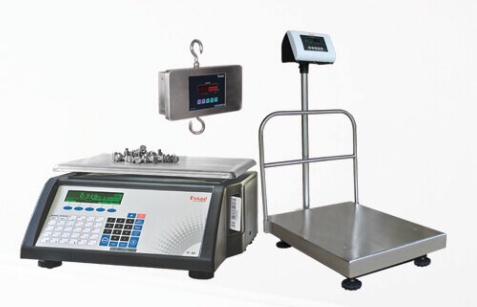In measurement and precision, the weighing balance stands as an unsung hero. From laboratories and pharmacies to kitchens and industries, these seemingly simple devices play a crucial role in ensuring accuracy and reliability in a variety of applications. This blog will delve into the fascinating world of weighing balances, exploring their history, types, and the intricate science behind their operation.
History of Weighing Balances:
The roots of weighing balances can be traced back to ancient civilizations, where simple beam balances were used to measure goods for trade. Over the centuries, the design and functionality of these balances evolved, incorporating innovative features and materials. The advent of the Industrial Revolution further propelled advancements, leading to the development of more sophisticated and precise weighing instruments.
Types of Weighing Balances:
Analytical Balances:
These are the precision workhorses of laboratories. Analytical balances are designed to measure small masses with high accuracy, often in the sub-milligram range. They are essential for chemical analysis, pharmaceutical research, and quality control tasks.
Precision Balances:
Slightly less sensitive than analytical balances, precision balances are commonly used in industrial settings and scientific research where accuracy is crucial but not at the microscopic level. They offer a balance between precision and capacity.
Kitchen Scales:
Bringing the precision of weighing to the culinary world, kitchen scales are indispensable tools for bakers and chefs. They ensure that ingredients are measured accurately, contributing to the success of recipes and the art of cooking.
Industrial Scales:
In sectors like manufacturing and logistics, industrial scales come into play. These robust instruments are designed to handle heavier loads, providing accurate measurements for bulk materials, packages, and various industrial processes.
At its core, a weighing balance operates based on the principle of mass comparison. Most modern balances utilize a load cell or strain gauge to measure the force exerted by an object due to gravity. This force is then converted into an electrical signal and processed by the balance's internal circuitry to display an accurate mass reading.
Calibration is a critical aspect of ensuring the accuracy of Digital balances. Regular calibration helps account for environmental conditions, wear and tear, and any deviations in the balance's performance.
Conclusion:
In the grand tapestry of scientific instruments, the weighing balance may seem unassuming, but its impact is profound. From enabling groundbreaking research in laboratories to ensuring the perfect blend of ingredients in a recipe, weighing balances play a pivotal role in our quest for precision and accuracy. As technology continues to advance, we can only anticipate further innovations that will push the boundaries of what these humble instruments can achieve.


No comments yet